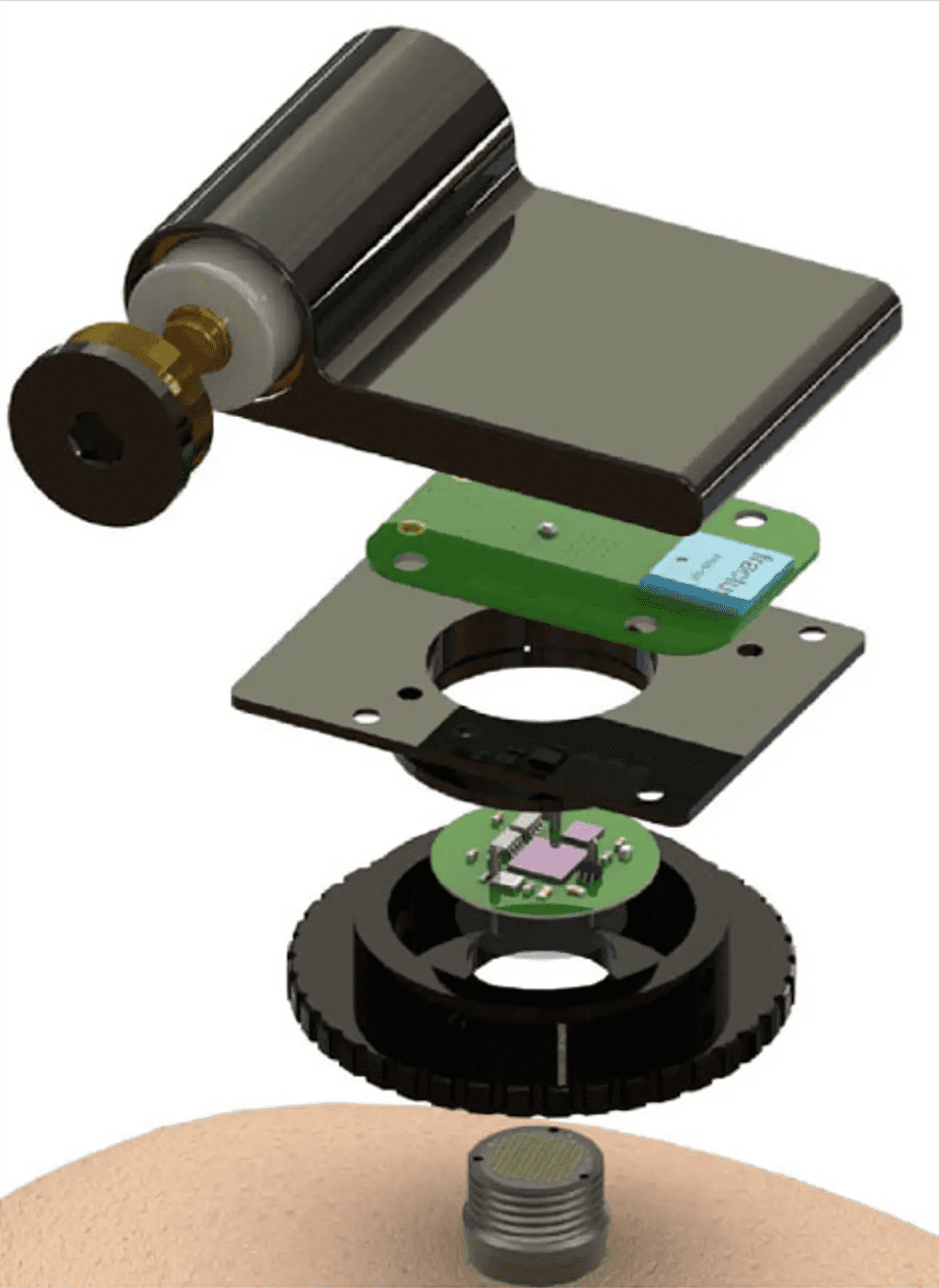If you enjoy science fiction, then you’re probably thinking that you’ve seen this movie before (and you definitely have). People imagining the future, or ways human beings might be able to live forever, have long turned their eyes toward possibly “uploading our consciousness” into a machine as a way to make that happen,
Now, with scientists connecting a human brain wirelessly to a computer, well…maybe it doesn’t sound so farfetched after all.
It happened at Brown University in Rhode Island, where some very smart people established a connection between a human brain and a computer that’s capable of transmitting signals with ‘single-neuron resolution and in full broadband fidelity.”
Congrats to John Simeral et al. on their exciting new paper on home use of a wireless #iBCI #BrainGate device! @CarneyInstitute @brownengin @MGHNeurology @MGH_CNTR @VAResearch @stanford_ee
— BrainGate Team (@BrainGateTeam) April 2, 2021
The study saw two clinical trial participants with paralysis (men with spinal-cord injuries) and used the BrainGate system with a wireless transmitter to point, click, and type on a standard tablet computer.
The researchers involved published their findings in the IEEE Transactions on Biomedical Engineering, stating that the system works using a small transmitter that weighs more than 40g.
They place the unit atop the user’s head where it “connects to an electrode array within the brain’s motor cortex using the same port used by wired systems.”
Here’s what it looks like…
Image Credit: BrainGate
Yeah… ALL of that on top of somebody’s head. We didn’t say it looked sexy!
John Simeral, an assistant professor of engineering at Brown and the study’s lead author, was pleasantly surprised about how accurate the wireless transmission turned out to be.
“The signals are recorded and transmitted with appropriately similar fidelity, which means we can use the same decoding algorithms we used with wired equipment.”
It’s better, even, because people no longer need to be physically attached to the equipment, which means there are more and more possible applications and uses on the horizon.
Leigh Hochberg, the trial’s leader, sounded equally excited about the achievement.
“With this system, we’re able to look at the brain activity, at home, over long periods in a way that was nearly impossible before.
This will help us to design decoding algorithms that provide for the seamless, intuitive, reliable restoration of communication and mobility for people with paralysis.”
It sounds crazy, but it’s true – and I mean, what amazing breakthrough of the past 20 years didn’t sound crazy and impossible the first time you heard about it? Team Science!
What do you think about this innovation? Should we keep well enough alone?
Let us know in the comments!
The post We Have Now Connected the Human Brain to a Computer appeared first on UberFacts.

